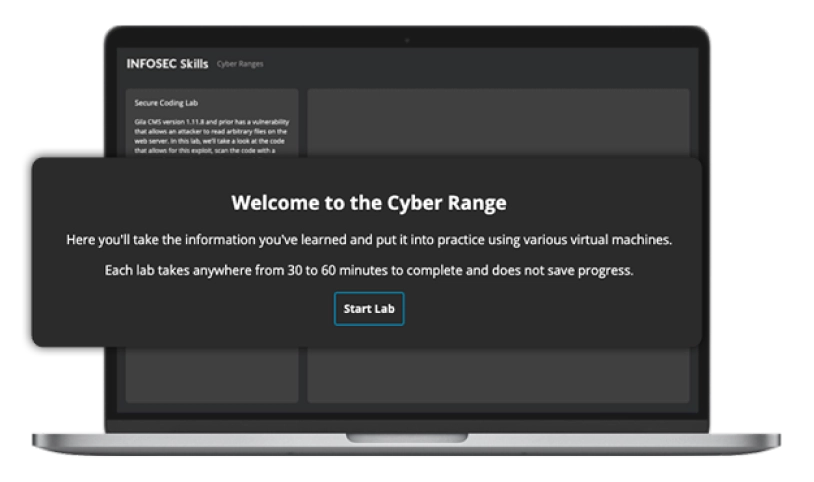
Computer Forensics Learning Path
14 hours, 14 minutes
Quick facts
About this learning path
-
courses
100% online
-
Duration
14 hours, 14 minutes
-
Assessment
questions
About Computer Forensics
This learning path is designed to build a foundation of knowledge and skills around computer forensics. As you progress through 13 courses, you'll learn about conducting forensics on a variety of platforms and devices, including networks, file and operating systems, memory, email and browsers. Upon completion, you'll have a base of computer forensics knowledge to carry over to your job or next project — and the skills necessary to conduct an investigation into potential computer crimes.
Syllabus
Computer Forensics Skill Assessment
Assessment - 50 questions
Computer Forensics as a Profession
Course - 00:27:00
Digital Evidence and Legal Issues
Course - 01:52:00
Computer Forensics Investigations
Course - 02:22:00
Aspects of Hard Drives
Course - 00:44:00
File Systems
Course - 00:45:00
Email and Browser Forensics
Course - 02:01:00
Network Forensics Concepts
Course - 00:50:00
Data Hiding
Course - 00:40:00
Memory Forensics
Course - 00:19:00
Passwords and Encryption
Course - 00:50:00
New and Emerging Technologies
Course - 01:05:00
Introduction to Mobile Forensics
Course - 00:44:00
File and Operating System Forensics
Course - 01:25:00
The details
Learning path insights
How to claim CPEs
Should you complete this learning path, you’ll be able to download a certificate of completion. Use this to claim your CPEs or CPUs.
Associated NICE Work Roles
All Infosec training maps directly to the NICE Workforce Framework for Cybersecurity to guide you from beginner to expert across 52 Work Roles.
- All-Source Analyst
- Mission Assessment Specialist
- Exploitation Analyst
No software. No set up. Unlimited access.
Skip the server racks and spin up a realistic environment with one click. Infosec Skills cyber ranges require no additional software, hardware or server space so your team can spend less time configuring environments and more time learning. Unlimited cyber range access is included in every Infosec Skills subscription so your team can skill up however they learn best.

Unlock 7 days of free training
- 1,400+ hands-on courses and labs
- Certification practice exams
- Skill assessments
Plans & pricing
Infosec Skills Personal
$299 / year
- 190+ role-guided learning paths (e.g., Ethical Hacking, Threat Hunting)
- 100s of hands-on labs in cloud-hosted cyber ranges
- Custom certification practice exams (e.g., CISSP, Security+)
- Skill assessments
- Infosec peer community support
Infosec Skills Teams
$799 per license / year
- Team administration and reporting
- Dedicated client success manager
-
Single sign-on (SSO)
Easily authenticate and manage your learners by connecting to any identity provider that supports the SAML 2.0 standard.
-
Integrations via API
Retrieve training performance and engagement metrics and integrate learner data into your existing LMS or HRS.
- 190+ role-guided learning paths and assessments (e.g., Incident Response)
- 100s of hands-on labs in cloud-hosted cyber ranges
- Create and assign custom learning paths
- Custom certification practice exams (e.g., CISSP, CISA)
- Optional upgrade: Guarantee team certification with live boot camps
